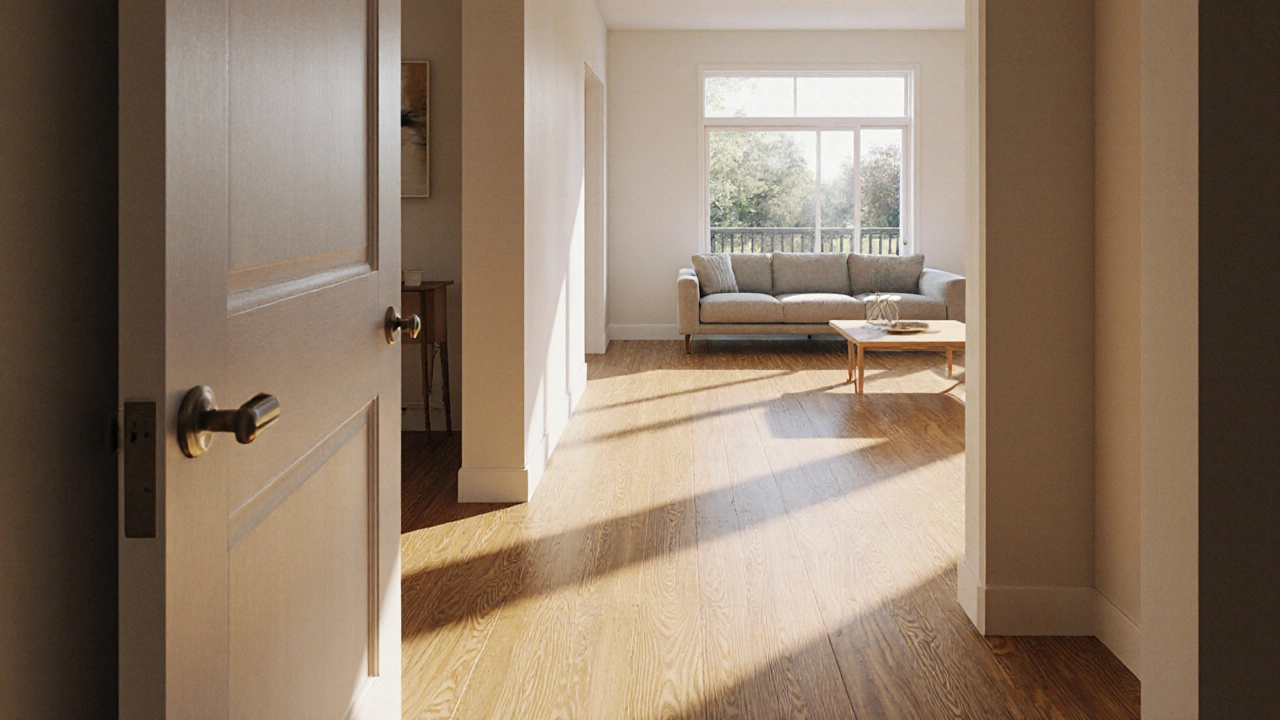Flooring Consistency in Sports Facilities
When working with Flooring Consistency, the uniformity of a sport surface’s texture, thickness, and shock absorption across its entire area. Also known as surface uniformity, it directly impacts player safety, game speed, and maintenance costs. In a world where athletes demand predictable bounce and reliable grip, achieving true consistency is a must‑have, not a nice‑to‑have.
Sports Flooring, specialized flooring systems designed for venues like gyms, courts, and tracks is the primary platform where consistency lives. It relies on Interior Design, the planning of space aesthetics and functionality to select colors, patterns, and layouts that hide minor variations, while Construction, the process of building the sub‑structure and installing the surface provides the stable foundation needed for uniform performance. Together, these three entities create a triad: Sports Flooring requires proper Construction and thoughtful Interior Design to achieve Flooring Consistency.
Let's break down the key factors that shape consistency. First, the material selection stage sets the baseline. Vinyl‑wrapped parquet, rubber gym tiles, and polyurethane courts each have distinct compression curves. Choosing a material with a narrow tolerance range—for example, a rubber tile that stays within ±2 mm thickness—helps keep the surface even. Second, subfloor preparation is the hidden hero. A level concrete slab, moisture barrier, and appropriate underlay all reduce the risk of high spots or soft spots. Third, installation technique matters. Whether you use a loose‑lay system or a fully bonded method, following the manufacturer’s joint spacing and rolling procedures ensures that each panel shares the same load‑bearing characteristics.
Why Consistency Matters for Athletes
At the moment a player lands, the floor’s response determines injury risk and speed. Research from the Indian Sports Authority shows that a variance of more than 3 mm in shock absorption can increase ankle sprain probability by 15 %. That same study links uniform friction—measured by the coefficient of friction (COF) staying between 0.45 and 0.55—to predictable ball bounce, crucial for basketball and handball. In plain terms, when the floor behaves the same way everywhere, athletes can trust their movements and focus on strategy instead of compensating for uneven spots.
Maintenance routines also hinge on consistency. Regular cleaning with pH‑balanced solutions, periodic resurfacing, and scheduled COF testing keep the surface within its designed performance envelope. If a venue skips these steps, localized wear can create soft zones, breaking the uniformity and forcing costly repairs.
From a design standpoint, visual consistency supports the psychological aspect of play. A monotone color scheme or a patterned layout that repeats in regular intervals can mask minor imperfections, making the floor appear smoother to the eye. This is where Interior Design meets function—selecting textures that blend with lighting to reduce the perception of flaws.
Finally, budgeting benefits from early attention to consistency. Investing in a quality sub‑floor and proper installation costs more upfront but reduces long‑term expenses. A typical 1,000 sq ft gym using high‑density rubber tiles may save up to 20 % on replacement costs over five years compared to a cheaper, less uniform alternative.
All these pieces—material choice, sub‑floor prep, installation, maintenance, and aesthetic planning—interlock to create a floor that feels the same under every footfall. Below, you’ll find a collection of articles that dive deeper into each of these areas, from marathon training on uneven surfaces to interior design tricks for easy‑clean flooring. Explore the posts to see how experts handle real‑world challenges and apply the principles of flooring consistency to your own project.
 11 Oct 2025
11 Oct 2025
Explore the pros and cons of using the same flooring throughout your house, with design tips, cost guides, and practical transition solutions to help you decide the best approach.
View More
